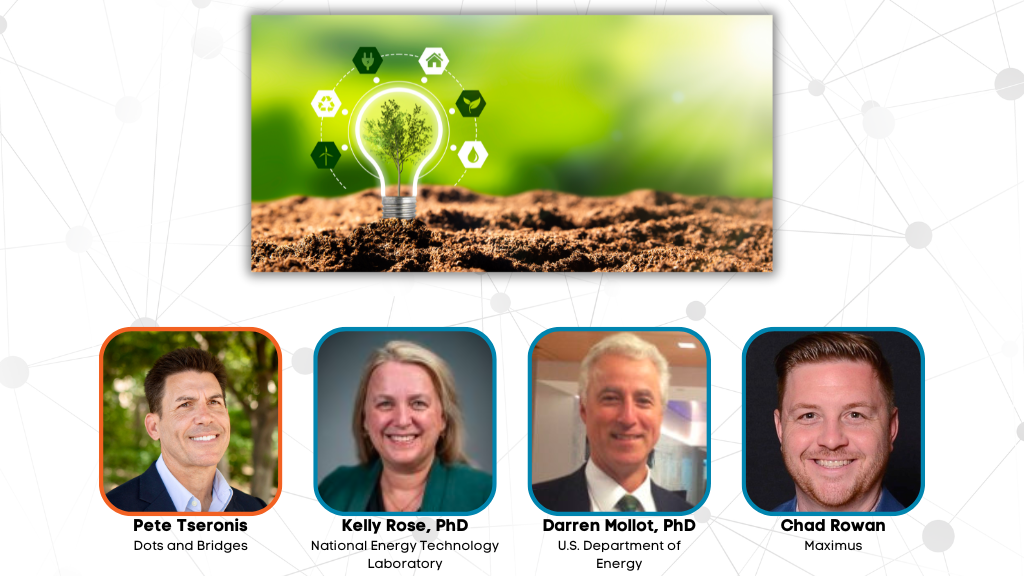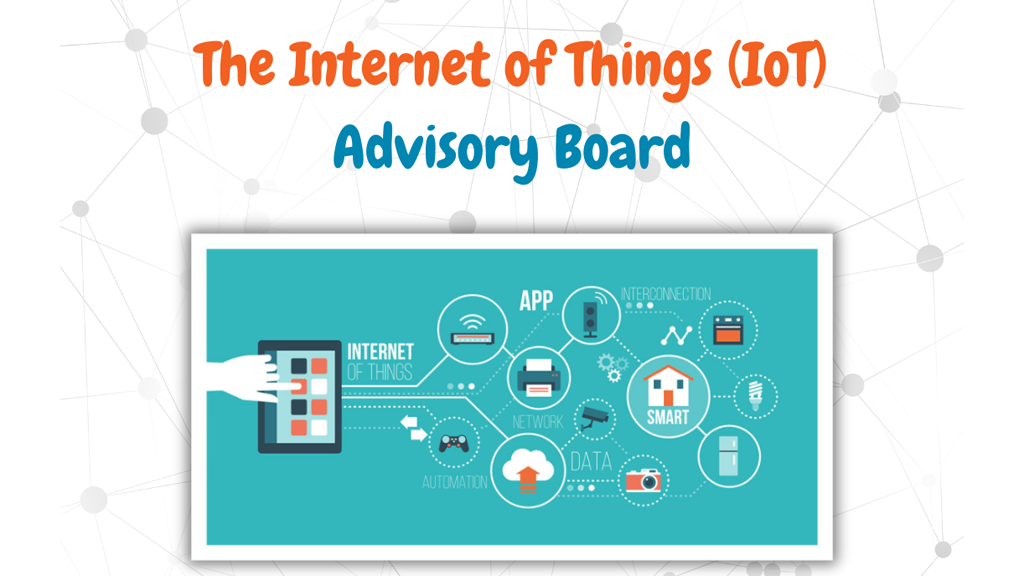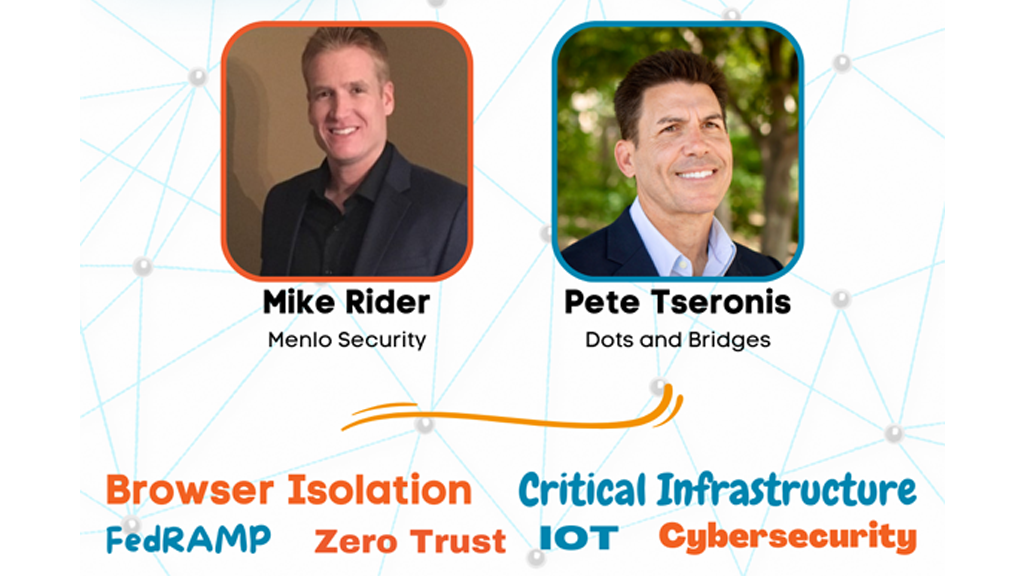In October 2015, the White House released A Strategy for American Innovation. And while this document addressed myriad opportunities to spur economic growth in our country (many via information technology, data management, and analytics), it touched on our country’s critical infrastructure sectors and the cyber threats to our nation’s homeland security.
Quick point of reference…the Department of Homeland Security has defined sixteen (16) infrastructure sectors deemed vital to the United States. Among these, the Energy Sector, is arguably the crux.
In response to the Presidential Policy Directive (PPD) 21 – Critical Infrastructure Security and Resilience and the Federal Cybersecurity Research and Development Strategic Plan, I had the honor yesterday to moderate a collaborative dialogue showcasing how our national laboratories are not only embracing this agenda but also pioneering innovation within the Energy domain, as it serves as an “enabling function” across all critical infrastructure sectors.
Each year, the United States invests billions of dollars within the research and development domain to advance its economic growth and global competitiveness. As technological maturation is a key ingredient to realizing a true innovation economy, investments in information sharing and collaboration spheres between public and private sectors are paramount. Furthermore, accelerating the technology transfer and commercialization of Federally-funded research can and will serve as the fuel for industry an entrepreneurial innovation.
A pervasive, distributed, and complex fabric across 16 sectors within the United States, the critical infrastructure protection (CIP) space requires continued effectual information exchanges to inform situational awareness in that, according to the Department of Homeland Security, “their incapacitation or destruction would have a debilitating effect on security, national economic security, national public health or safety, or any combination thereof.” Moreover, as the Internet of Things becomes our primary communication medium, CIP vulnerabilities resulting from increased interdependencies across myriad sectors will require foundational technological innovation.
Yesterday’s forum took place at the Center for Innovative Technology. It was an amazing, enlightening, enriching, and educational day.
The audience, comprised of academia, investors, entrepreneurs, industry, government and The Hill, was actively engaged in a dialogue focused how technology can strengthen our critical infrastructure security, and in turn, create a more resilient substructure. Specifically, how technology, energy, and analytics can position owners, operators, and regulators of critical assets, e.g. SCADA networks and systems, to manage risk across physical, virtual, and cyber realms will be addressed.
Representatives from five of our nation’s crown jewels, aka The National Laboratories, included Dr. Glenn Fink, Mr. Juan Torres, Mr. Andy Bochman, Dr. Bill Rhodes, Dr. Michael Stadler, and Dr. Shaun Gleason. In addition, Mr. Jamie Watson, representing the Counselor Defence Science & Technology Group for the Embassy of Australia, Dr. Peter Fonash, Chief Technology Officer for the Department of Homeland Security’s Cybersecurity and Communications Office, and Dr David Bray, Eisenhower and Harvard Fellow, participated.
And while the topics ranged from Electric Grid Modernization, Visual Analytics, and Microgrid Integration TO Supply Chain Security, Resilient Infrastructure, and Cooperative Infrastructure Defense, the information exchange embraced the Strategy for American Innovation’s mantra to “recognize the important role for the Federal Government to invest in the building blocks of innovation, to fuel the engine of private-sector innovation, and to empower a nation of innovators.”
CIP can be deemed as a “boiling the ocean” initiative. Adding to it, the cybersecurity concerns associated with CIP sectors are daunting. However, March 31 represented a day where egos and political interests were left at the doorstop AND individuals convened and committed to organically moving the pendulum forward.
Stay tuned for future events !






